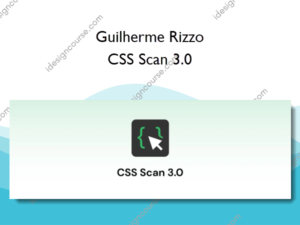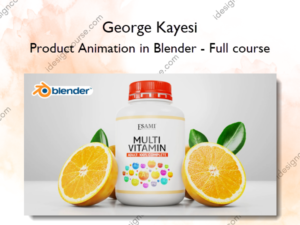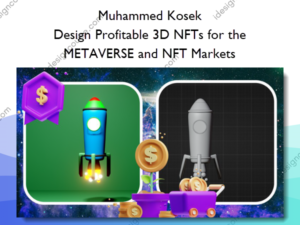Comprehensive Introduction to Corona for Cinema 4d – MographPlus – Kamel Khezri
$22.00 Original price was: $22.00.$11.00Current price is: $11.00.
»Delivery: Within 7 days
Description
 Comprehensive Introduction to Corona for Cinema 4d Information
Comprehensive Introduction to Corona for Cinema 4d Information
Comprehensive Introduction to Corona for Cinema 4D is a course designed to provide thorough training on using the Corona Renderer within Cinema 4D.
In this series of premium video tutorials, in more than 8 hours, that’s about 500 minutes of video tutorials, we learn how to use Corona for Cinema 4d.
This series is an academically approached, high-quality course on Corona for Cinema 4d from the guys at MographPlus.com who have been teaching Render Engines including Corona, V-Ray, Arnold, and Maxwell to thousands of students from around the world for the past 5 years.
In section one, we give you a general overview of Corona’s user interface and general workflow in Cinema 4d.
Section 2 is all about Lighting and Global Illumination, first we explore corona light and all of its features, then we talk about Global illumination or indirect lighting, we learn how light rays work in the real world and how Corona simulates the same behavior using global illumination …then we start learning about the two GI solvers in Corona, Path tracing and UHDcache and when and where to use each one to produce the most realistic lighting possible.
After learning about the basics of lighting and GI, we take a look at Corona Sun and Sky, Image-based Lighting, Corona Light Material, we learn how to do Interior Lighting properly and efficiently, we learn about Volumetric Effects in Corona and finally explore the amazing Light Mix feature in Corona that allows for relighting the scene during or after the render interactively.
Section three is dedicated to Corona Materials and maps, first, we learn about Corona Material which is the main material in Corona, we learn everything about Corona material and how to create realistic shaders with it.
We explore Layered and Rayswitch materials…
We explore corona Hair Material that is capable of producing very natural and realistic hair shaders.
We learn about shadow catcher material and how to integrate your 3d geometries onto HDR environments or photographic backplates in Corona.
And finally, go through all the remaining materials and maps that are included in Corona.
In the next section we learn about Corona Camera and camera effects, first, we Explore Corona camera in depth, then we learn how to produce and adjust effects like Depth of field and motion blur, I talk about different camera types including VR in the corona.
Then we discuss lens effects like bloom and glare, like other topics, after watching this section, you should be a master of handling your camera in Corona, because everything has been explained in extreme details and based on academic approach.
In the next section, we take a look at corona render settings, first, we learn about Corona Frame Buffer, we take a look at progressive rendering limits, we learn about resumable rendering and how to use the denoising feature to achieve noise-free renders.
Then performance settings, which are probably the most important render settings in Corona will be discussed, we explore GI vs AA balance, Light Sample Multiplier, Max Sample Intensity, and Max Ray Depth.
And finally we discuss Corona Render elements or render passes, we go through all the render passes and learn how to generate different render elements and what each one adds to the final render …. Then we learn how to composite those render elements using an external application like After Effects.
In the final section, we take a look at Corona Proxy, corona compositing tag, visibility options and finally corona scene converter which allows for a simple conversion of cinema 4d and vray scene to corona scenes.
More courses from the same author: Kamel Khezri
Salepage: Comprehensive Introduction to Corona for Cinema 4d – MographPlus – Kamel Khezri
Delivery Policy
When will I receive my course?
You will receive a link to download your course immediately or within 1 to 21 days. It depends on the product you buy, so please read the short description of the product carefully before making a purchase.
How is my course delivered?
We share courses through Google Drive, so once your order is complete, you'll receive an invitation to view the course in your email.
To avoid any delay in delivery, please provide a Google mail and enter your email address correctly in the Checkout Page.
In case you submit a wrong email address, please contact us to resend the course to the correct email.
How do I check status of my order?
Please log in to iDesignCourse account then go to Order Page. You will find all your orders includes number, date, status and total price.
If the status is Processing: Your course is being uploaded. Please be patient and wait for us to complete your order. If your order has multiple courses and one of them has not been updated with the download link, the status of the order is also Processing.
If the status is Completed: Your course is ready for immediate download. Click "VIEW" to view details and download the course.
Where can I find my course?
Once your order is complete, a link to download the course will automatically be sent to your email.
You can also get the download link by logging into your iDesignCourse account then going to Downloads Page.











